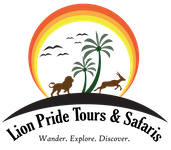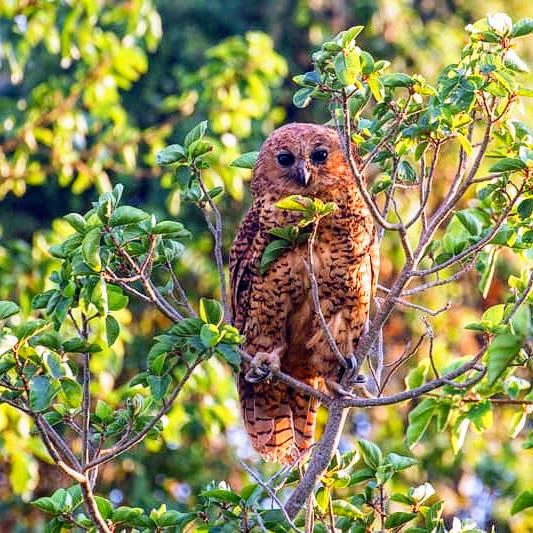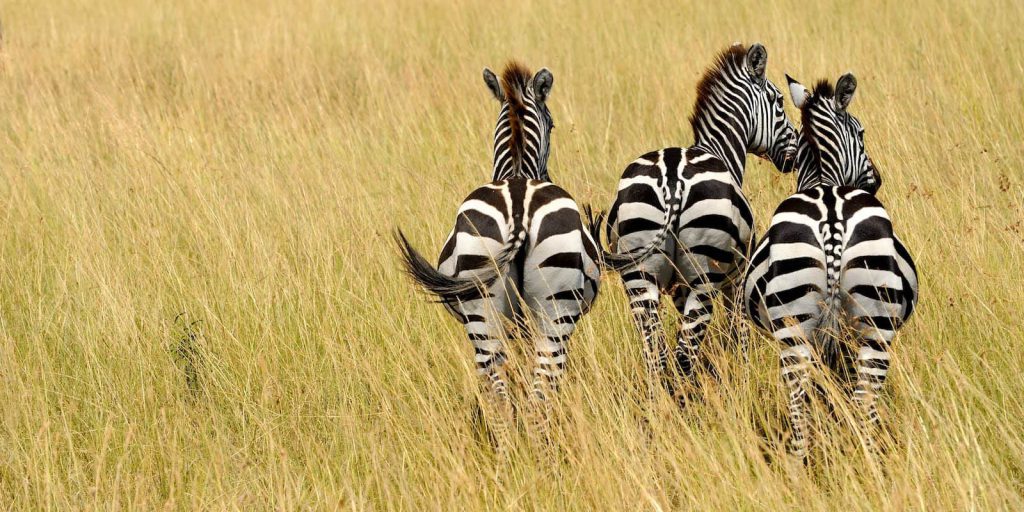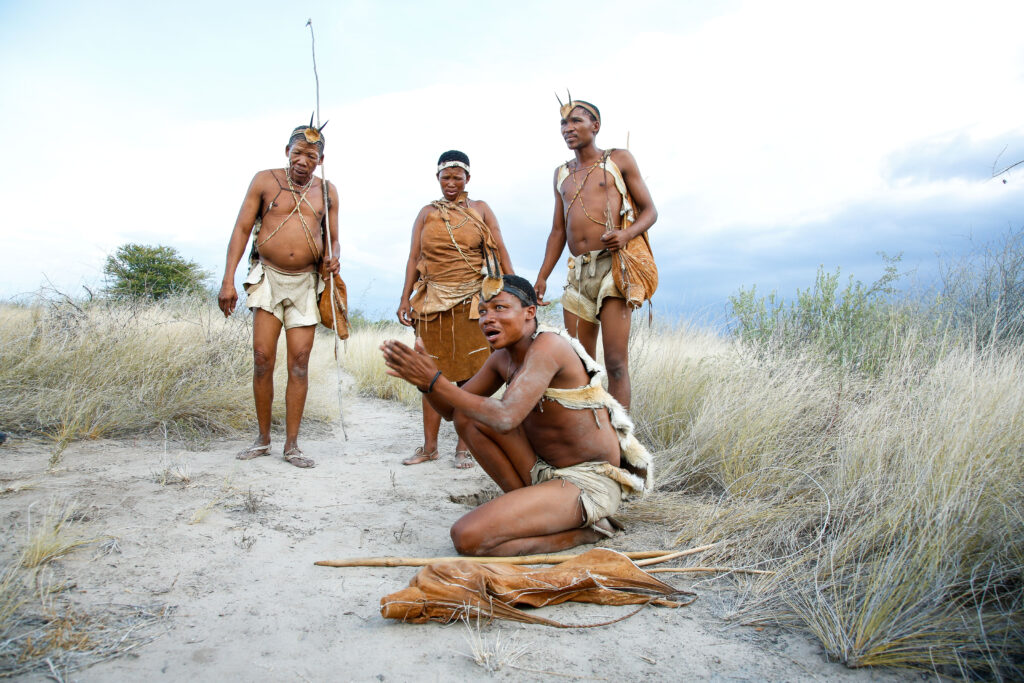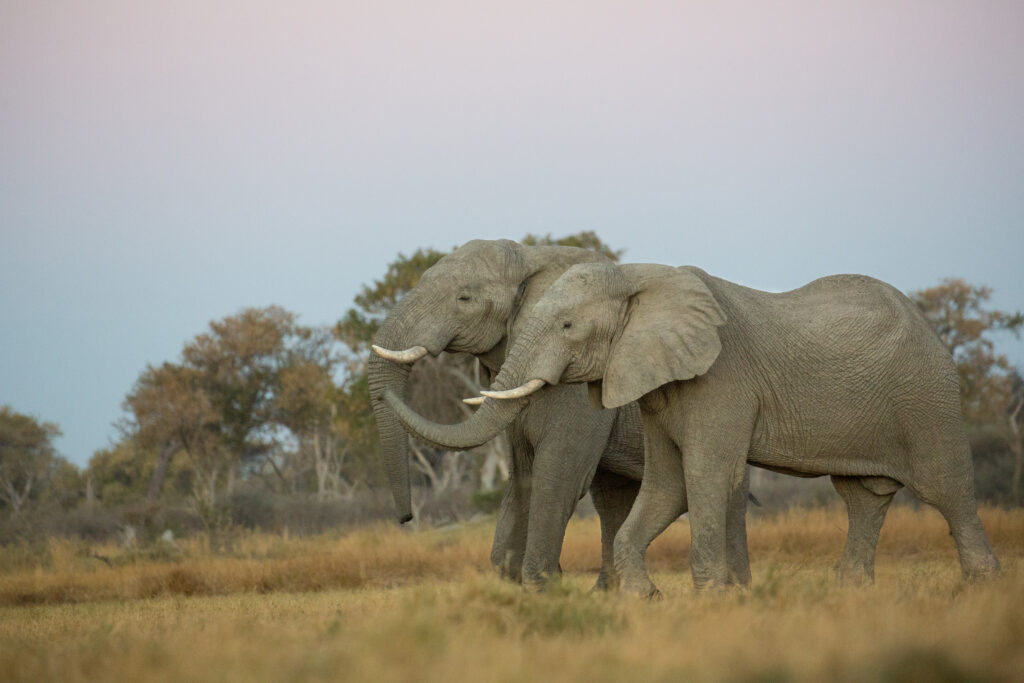
Botswana
A place of natural beauty and the best wildlife
Botswana's main attraction is it's vast wilderness. From the endless palm-covered islands of the Okavango Delta, to the moonscape saltpans of the Makgadikgadi region, it's the perfect destination for anyone seeking pristine, unfenced surroundings.
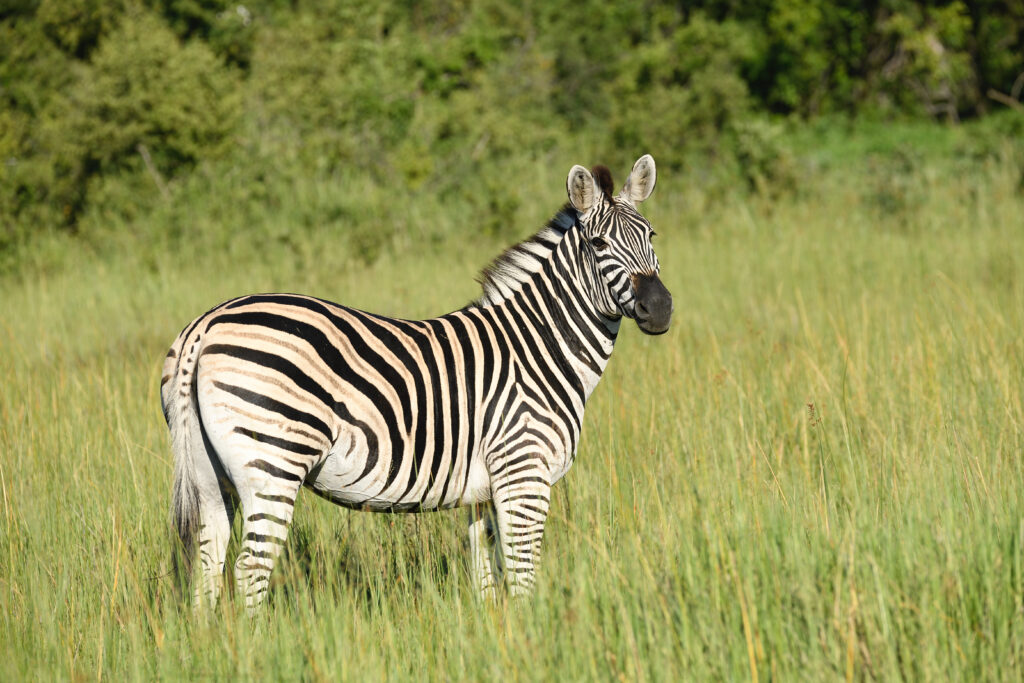
Okavango Delta
This is one of the last remaining unspoiled wilderness areas of Africa. It is fed by the floodwaters of central Africa and covers an area in excess of 15,000 square kilometres. The life giving waters fan out into the Okavango Delta forming a system of beautiful channels, lagoons and islands, herds of Elephants travel here to drink and there is nothing that comes close to this beautiful sight, indeed a mekoro tour would be the best way to explore the Delta, a mekoro is a dug out Canoe so as you sit in it going through the waters of the delta you can see the hippos in the undergrowth.
Moremi Game Reserve
Named after Chief Moremi of the Batawana Tribe this lies on the eastern side of the Okavango Delta, it has permanent water with drier areas, this was designated as a game reserve rather than a national park when it was created so that Basarwa or Bushmen that lived there were able to stay in the reserve. You can experience excellent views of Savannah game as well as bird watching on the Lagoons, home to the Cape Wild Dog and Leopard are the thickly wooded areas.
Moremi Game Reserve is also home to nearly 500 species of bird, as well as this there is a vast array of wildlife such as Cape Buffalo, Impala, Giraffe, Black Rhinoceros, elephant, lion, Hippopotamus, Zebra, Cheetah, Cape Wild Dogs, Hyena and Jackal.
Central Kalahari Game Reserve
The Makgadikgadi Pan is a salt pan situated in the middle of the dry savanna of north eastern Botswana, it is one of the largest salt flats in the world and is all that is left of Lake Makgadikgadi, it dried up thousands of years ago and once covered an area larger than Switzerland. Studies show that Homo Sapiens began to evolve in this region about 200,000 ago when it used to be a fertile area of lakes, marshes and rivers. The best time to visit is from January to May as the migrating herds pass through making it one of the best times for the game viewing. The migration arrives as soon as the rain begins and thousands of Zebra and Wildebeest make their way there to feed on the summer grass, huge numbers of Flamingos cam also be found here. The Nxai Pan National Park is a must to visit as it adjoins the Makgadikgadi Pans National Park, it is a fossil lakebed about 40 square kilometers in size, it is home to the Baobab trees which were named after Thomas Baines who is believed to have discovered them.
Chobe
Located in the Northern part of Botswana and is the first national park of Botswana, close to the Victoria Falls is the Chobe National Park this is the most visited safari in Botswana and covers over 10,000 square kilometers of land. It has plenty of wildlife including Zebra, Warthogs, Monkeys, Impala, Baboons and Giraffe to name but a few, they must be on guard though as they share the land with predators such as Lions, Leopards and Jackals.
The Chobe National Park is also home to the largest concentration of Elephants in Africa, with an estimated 50,000+ Elephants.
The San Bushmen are a very fascinating tribal group of Botswana and they can be found near the Okavango Delta, they speak the Khoisan Language which is saturated with unique click sounds. Camps in the Kalahari Desert and Makgadikgadi offer visitors the chance to meet these local bushmen and learn how they survive in such harsh conditions, using their vast and ancient knowledge of plants, animal behavior, and survival skills. Many believe that they can domesticate wild animals but this is not true.
Savuti
In the Western region of Chobe National Park is the Savuti Marsh which is an expanse of grasslands, Savuti means unclear and it is thought that this is due to the areas unpredictable water supply. Large herds of Buffalo and Zebra can be seen here as well and eagles and vultures circling in the sky above.
When the area dries up you can see some fascinating sights such as Herons, Storks, Eagles and other species all gathering round the small ponds that have formed to feast on the trapped fish.
